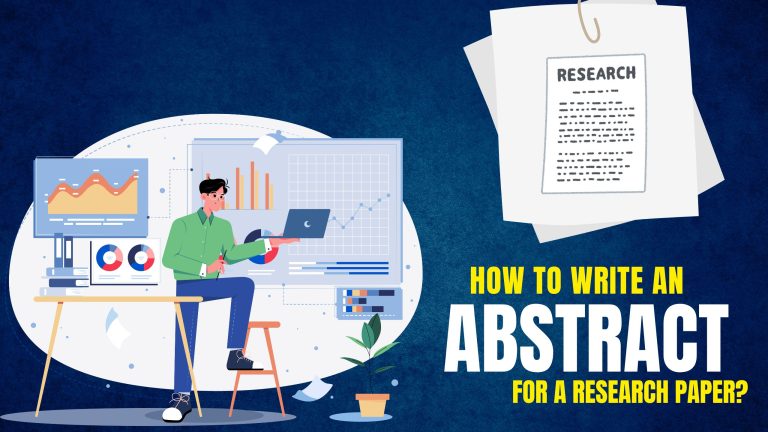How to Start an Academic Essay: 7 Tips for a Knockout Introduction

An academic essay is a type of writing that explores and explains an idea or claim with evidence, analysis, and interpretation. There are many types of essays you might write as a student, but the content and length of an essay depends on your level, subject of study, and course requirements.

Most essays at university level are argumentative — they seek to influence the reader of a particular opinion or perspective on a topic.
The introduction is the first part of your essay that introduces your topic, provides some background information, states your thesis statement, and outlines the main points or arguments of your essay. The introduction should:
- Hook the attention and interest of your readers
- Highlight the significance and relevance of your topic
- Define or explain any key terms or concepts
- Provide some context or background of your topic
- State your thesis statement clearly and concisely
- Outline the main points or arguments of your essay
But how do you write a captivating introduction that sets the tone and direction for your essay? Here are some tips to help you start your essay with a bang.
1. Follow the Instructions
Before you start writing, make sure you understand the assignment and follow any given instructions carefully. Some essays may have specific requirements for the introduction, such as a word limit, a question to answer, or a thesis statement to include. You should also check the formatting and citation style that you need to use. If you have any doubts or questions, ask your teacher or professor for clarification.
2. Do your Research
Before you start writing, you should do some research on your topic and gather relevant sources to support your arguments. You can use various sources, such as books, journal articles, reports, or websites, but make sure they are credible and reliable. You should also evaluate the sources for their quality, relevance, accuracy, and bias. You can use various tools and strategies to organize and synthesize the information from the sources, such as:
- Taking notes and highlighting key points or quotes
- Summarizing or paraphrasing the main ideas or arguments
- Creating an outline or a mind map
- Using citation software or reference managers
Doing your research will help you to establish your position and angle on the topic, as well as provide evidence and examples for your thesis statement and main points.
3. Start with a Hook
One way to start your essay is with a hook, which is a sentence or phrase that grabs the reader’s attention and makes them want to read further. A hook can be:
- A shocking or amusing fact.
- A surprising or controversial statement
- A relevant quote or anecdote
- A rhetorical question or challenge
- A statistic or data
This hook presents a shocking fact that relates to your topic and sparks curiosity in the reader.
4. Provide Some Background
After you have hooked the reader’s attention, you should provide some background information on your topic. This helps the reader to understand the context and scope of your essay. You should also define or explain any key terms or concepts that are relevant to your topic. Be careful not to provide too much information or details that are not essential for your essay. You should only include what is necessary for your thesis statement and main points.
5. State your Thesis Statement
The thesis statement is the central point or argument that you want to make in your essay. It should be clear, concise, specific, and testable. It should also reflect your position and angle on the topic. The thesis statement generally comes at the finish of the introduction paragraph.
This thesis statement presents a clear argument that can be supported with evidence and examples in the body paragraphs.
6. Outline your Main Points
The last part of your introduction should outline the main points or arguments that you will discuss in your essay. This helps the reader to follow the structure and logic of your essay. You can use bullet points, numbers, or letters to list your main points. You should also indicate how each point relates to your thesis statement and how you will support it with evidence and examples.
7. Revise and Refine
After you have written your introduction, you should revise and refine it to make sure it is clear, coherent, and engaging. You should also check for any errors in grammar, spelling, punctuation, and formatting. You can use various tools and techniques to revise and refine your introduction, such as:
Reading it aloud or asking someone else to read it for you
Using feedback or comments from your peers, teachers, or tutors
Using online tools or software to check your language, style, and plagiarism
Using style guides or manuals to follow the rules and conventions of your discipline or field
The introduction is an important part of your essay that introduces your topic, provides some background information, states your thesis statement, and outlines the main points or arguments of your essay. The introduction should capture the attention and interest of your readers, establish the relevance and significance of your topic, define or explain any key terms or concepts, provide some context or background of your topic, state your thesis statement clearly and concisely, and outline the main points or arguments of your essay.






